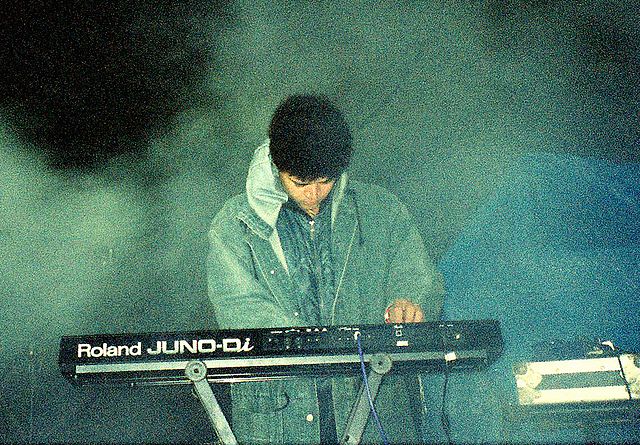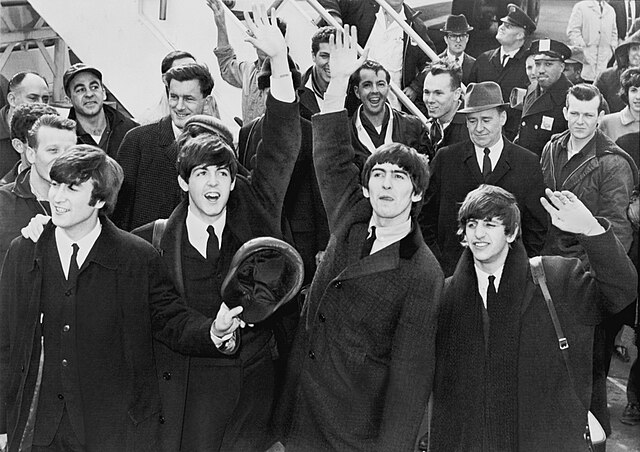Hypnagogic pop is pop or psychedelic music that evokes cultural memory and nostalgia for the popular entertainment of the past. It emerged in the mid to late 2000s as American lo-fi and noise musicians began adopting retro aesthetics remembered from their childhood, such as radio rock, new wave pop, light rock, video game music, synth-pop, and R&B. Recordings circulated on cassette or Internet blogs and were typically marked by the use of outmoded analog equipment and DIY experimentation.
A compact cassette
Ariel Pink performing in 2007
The term "hypnagogic pop" was inspired by comments made by James Ferraro (pictured in 2012) and Spencer Clark.
Pop music is a genre of popular music that originated in its modern form during the mid-1950s in the United States and the United Kingdom. During the 1950s and 1960s, pop music encompassed rock and roll and the youth-oriented styles it influenced. Rock and pop music remained roughly synonymous until the late 1960s, after which pop became associated with music that was more commercial, ephemeral, and accessible.
The Oxford Dictionary of Music states that the term "pop" refers to music performed by such artists as the Rolling Stones (pictured here in a 2006 performance).
Amr Diab, Egyptian pop star, named "El-Hadaba", for achieving high records sales in the Middle East and Africa for the last three decades
Bing Crosby was one of the first artists to be nicknamed "King of Pop" or "King of Popular Music".[verification needed]
The 1960s British Invasion marked a period when the US charts were inundated with British acts such as the Beatles (pictured 1964).






![Bing Crosby was one of the first artists to be nicknamed "King of Pop" or "King of Popular Music".[verification needed]](https://upload.wikimedia.org/wikipedia/commons/thumb/4/4d/Bing_Crosby_1930s.jpg/480px-Bing_Crosby_1930s.jpg)
